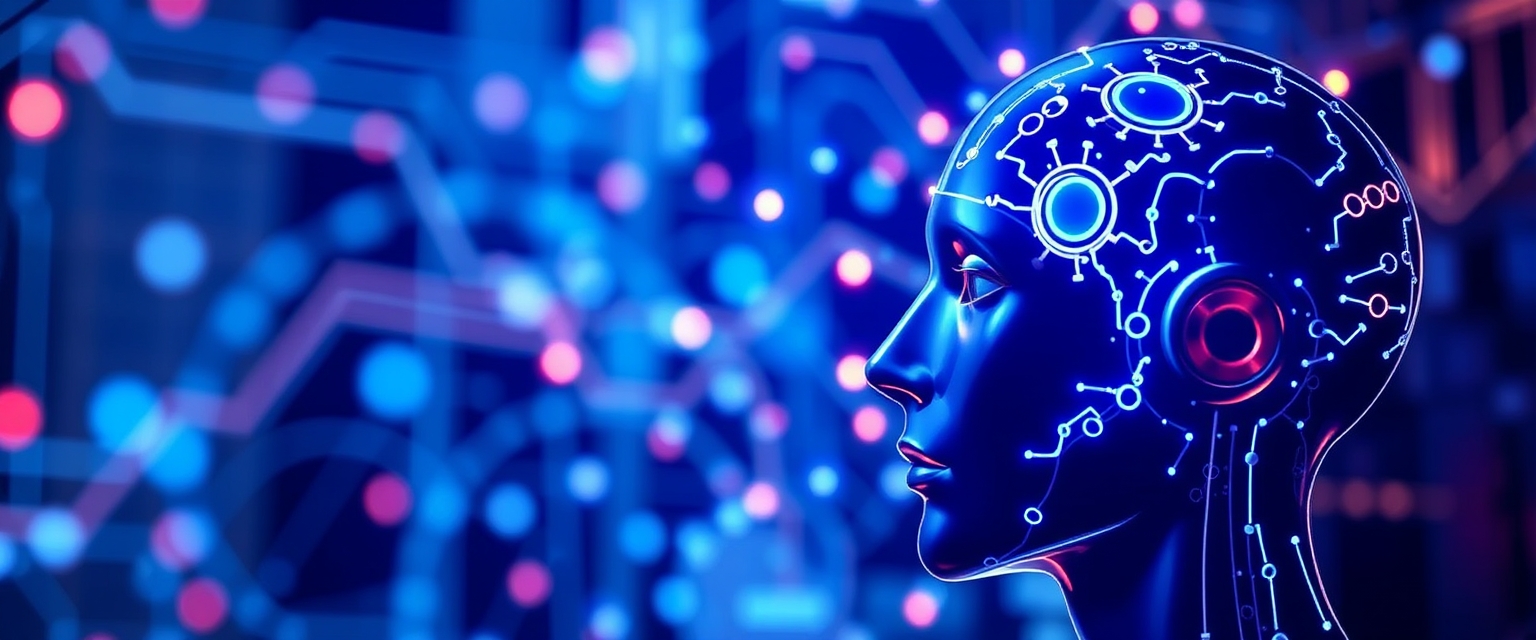Introduction:
Imagine opening Netflix and being shown a list of movies you’re actually interested in—or using Google Maps and avoiding traffic before you even hit the road. These seemingly simple conveniences are powered by a complex, fascinating field called Machine Learning (ML).
Machine learning is the driving force behind much of today’s artificial intelligence (AI). It’s the technology that allows systems to learn from data and make decisions without being explicitly programmed for every possible situation. In an era where data is generated at an unprecedented rate, ML provides a way to turn that data into actionable insights, automation, and innovation.
What is Machine Learning?
At its core, machine learning is a method of teaching computers to learn from data and make predictions or decisions. Instead of writing rules for every situation, we give the machine examples—lots of them—and it learns the patterns on its own.
Think of it like teaching a child to recognize animals. You don’t give them a list of rules for every animal; instead, you show them pictures and name the animals. Over time, they learn to identify them on their own. ML works the same way.
For example, in spam detection, rather than listing every spam keyword, we train a model on thousands of labeled emails. Over time, it learns the characteristics of spam messages and can flag them automatically.
How Does Machine Learning Work?
Machine learning might sound complex, but it follows a simple, logical process:
Data Collection
Everything starts with data—emails, images, customer reviews, sales numbers. The more relevant data you have, the better your model will be.Data Preparation
Raw data is messy. It needs to be cleaned, structured, and possibly labeled before it can be useful for training.Model Selection and Training
This is the “learning” step. An algorithm (like a decision tree or neural network) is trained using your data to identify patterns and relationships.Prediction and Evaluation
Once trained, the model is tested on new, unseen data to see how well it performs. Adjustments are made to improve accuracy.Deployment and Feedback
The trained model is used in real applications (like recommending movies or approving loans). Feedback from real-world use can be fed back into the system to improve future predictions.
Example: A voice assistant like Siri is trained on thousands of hours of voice recordings. It learns how people pronounce words and use grammar, enabling it to understand you—even if you have an accent or speak casually.
Types of Machine Learning
There are three primary types of machine learning:
1. Supervised Learning
In supervised learning, the model is trained on labeled data—meaning we already know the correct answers.
Example: Predicting house prices based on features like location, size, and number of bedrooms. We train the model using past data (where we already know the prices).
2. Unsupervised Learning
Here, the model finds patterns in data without any labels.
Example: Grouping customers into segments based on purchasing behavior. The algorithm figures out which customers are similar—without knowing anything in advance.
3. Reinforcement Learning
In this type, the model learns by trial and error, receiving feedback through rewards or penalties.
Example: A robot learning to walk or an AI playing chess. It tries different actions and learns which ones lead to success over time.
Why is Machine Learning Important to AI?
- Adapt and improve over time with new data.
Scale quickly across industries and tasks.
Make decisions in real time, often better than humans.
Machine learning is the backbone of modern AI. Traditional AI relied on rules, which limited flexibility and adaptability. ML changed the game by allowing systems to:
Because of machine learning, AI isn’t just a scripted tool—it’s a dynamic, evolving partner that learns from its environment. Whether it’s diagnosing diseases or personalizing shopping experiences, ML is what makes AI smart and practical.
Real-World Applications of Machine Learning
Machine learning has already revolutionized multiple industries. Let’s look at a few:
1. Healthcare
ML is used for early disease detection, personalized treatment plans, and medical imaging.
Case Study: IBM’s Watson helped doctors identify cancer treatment options by analyzing thousands of medical journals and patient records.2. Finance
ML detects fraudulent transactions, automates trading, and evaluates loan risks.
Case Study: PayPal uses ML to detect fraud in milliseconds, saving millions annually.3. Retail and E-Commerce
ML personalizes shopping experiences and manages inventory.
Case Study: Amazon’s recommendation engine, powered by ML, is responsible for a significant portion of its revenue.4. Autonomous Vehicles
Self-driving cars rely on ML to recognize road signs, predict pedestrian movement, and make split-second decisions.
Case Study: Tesla uses reinforcement learning to improve autopilot performance with every mile driven.
Challenges of Machine Learning
Despite its potential, ML faces several hurdles:
1. Data Quality and Quantity
ML models are only as good as the data they’re trained on. Incomplete or biased data can lead to poor outcomes.
2. Bias and Fairness
If the training data reflects human biases (e.g., gender or racial), the model may perpetuate them—raising ethical concerns.
3. The “Black Box” Problem
Some models, especially deep learning networks, are so complex that even their creators can’t fully explain how they make decisions.
4. Computation and Cost
Training large models requires significant computing power, energy, and infrastructure.
Good News: Researchers and developers are actively working on interpretable AI, better data governance, and energy-efficient training methods to address these challenges.
Conclusion
Machine learning is not just a buzzword—it’s the foundation upon which much of modern AI is built. From personalized recommendations to life-saving diagnostics, ML is changing how we live, work, and interact with technology.
For businesses, understanding and leveraging ML can unlock innovation and competitive advantage. For individuals, gaining familiarity with ML opens the door to exciting new career paths and deeper understanding of the digital world.
The future of AI is not just intelligent—it’s continually learning. Are you ready to explore its potential?

